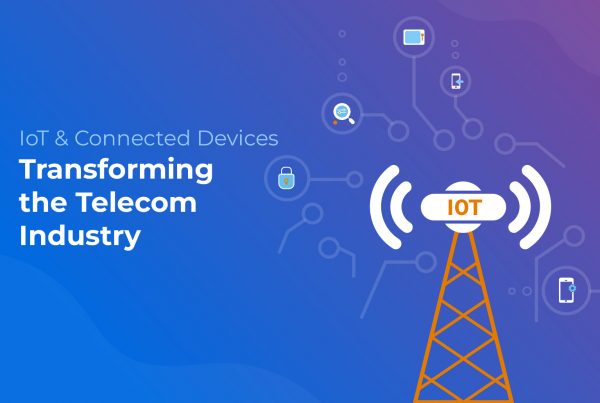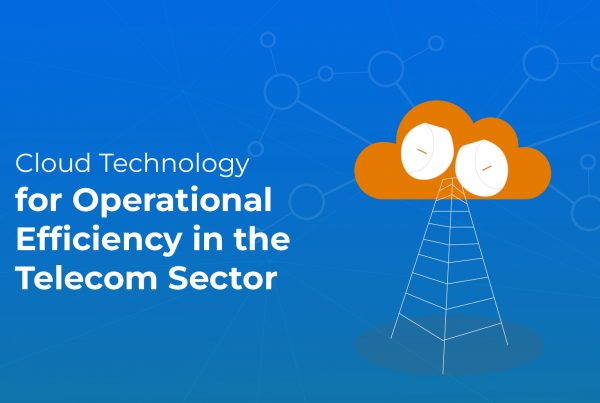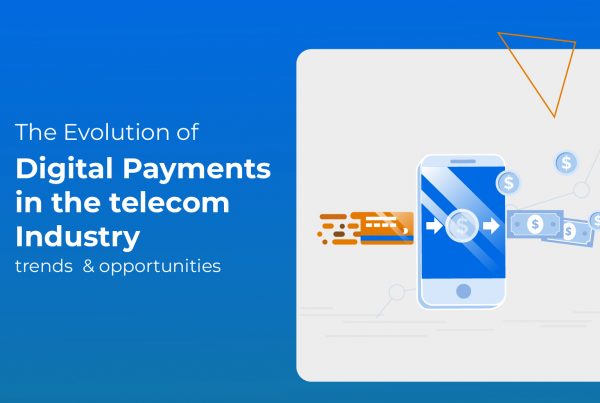Telecom operators of all shapes and sizes rely heavily on a smooth sales and distribution chain to boost efficiency and optimize revenue. Ever since the past decade, an increasing number of telecom groups are focussing on automating their sales and distribution chains for the numerous benefits that it provides. The transition from a traditional to an automated retail and sales management chain can seem daunting but it really comes down to understanding your business needs and the pace you can reasonably follow to make this crucial and rewarding switch.
Having a unified solution with a single touch-point is quickly becoming the industry standard in the telecom space since it allows you to consolidate all aspects of your sales and distribution chain in one place.
It allows you to sell any product through any channel seamlessly. If you partner with a competent solution provider, you should also be able to conduct data-driven planning by making use of actionable insights obtained right from the platform to add efficiency to your daily operations.
Industry standards and best practices are just one piece of it all. In reality, we all know that each company is unique and that market conditions and internal factors can vary significantly from one to another. More often than not, telecom operators follow a phased approach in this automation process to increase productivity and improve product offerings while maintaining basic operations at the same time.
This blog will cover the three most effective strategies that you can implement to automate your sales and distribution in light of what works best for your company.
Strategy 1: Step by step – Start small and then scale
In many cases, where the retail and distribution management is relatively inflexible, going against the grain abruptly might prove detrimental for the telecom operator. Keeping in view the interests of distribution agents, taking small and incremental steps could go a long way in paving the path for effective change management.
The first step in the process would be to Identify your weakest link, which could be a component of your S&D that causes the most pain, and swap it with one of our plug and play modules. After the switch has taken place and is live, you can roll out more products into this system by onboarding selected dealers with the highest risk tolerance, gradually moving up to all dealers. The gradual process of onboarding more dealers and products into the new S&D platform will allow you to gain dealer acceptance and scale module by module.
As opposed to an abrupt change, this approach makes it easier for telecoms to get acceptance from distribution partners and agents over time, and causes lesser disruption on the existing infrastructure. However, in terms of execution, this approach can be time-consuming in comparison to other strategies.

Strategy 2: Frontend preference – Consolidate the front end solution first and then slowly migrate the back-end solutions
If you are more inclined towards speeding up the implementation of an automated sales and distribution chain without an abrupt shift, this systematically phased and moderate approach would be more suited to your business needs. In order to make this easier for retail agents, the consolidation of the front-end becomes a priority to provide one unified interface to all products/services and then gradually all back-ends are integrated to the unique front-end. With this method, not only is there less disruption on existing infrastructure for the telecom operation, but there is also the added advantage of faster reseller satisfaction.
Nonetheless, the seamless integration of front-end and back-end systems is highly dependent on the existing system capabilities and the agility of sales and distribution, which can vary for every telecom operator.

Strategy 3: Big bang – Move fast from different point solutions to one unified sale and distribution solution
There are a few reasons why a gradual integration between the legacy system and the new system might be inept for some telecom operators, including a tight deadline or increasing costs.
With a Big Bang approach, you can build a unified platform for all sales and distribution covering the entire product portfolio as per your requirements from scratch and switch off the remaining system immediately. This is a fast and final solution for all distribution agents and partners, which is efficient in implementation as it completely replaces the old system in place.
A general assumption is that there is an inherently high level of risk in this approach owing to the consequent chain of events, however, that can be offset by having everything set up and ready to go prior to making the new system live. Although this abrupt approach may not leave room for doubt, it does require mass scale reseller training.

Understanding the differences and key advantages of each approach can help you determine which is most suitable to your business needs and interests. Looking for more clarity on the best strategy for your business? Contact us and one of our experts will reach out to you within 48 hours.


